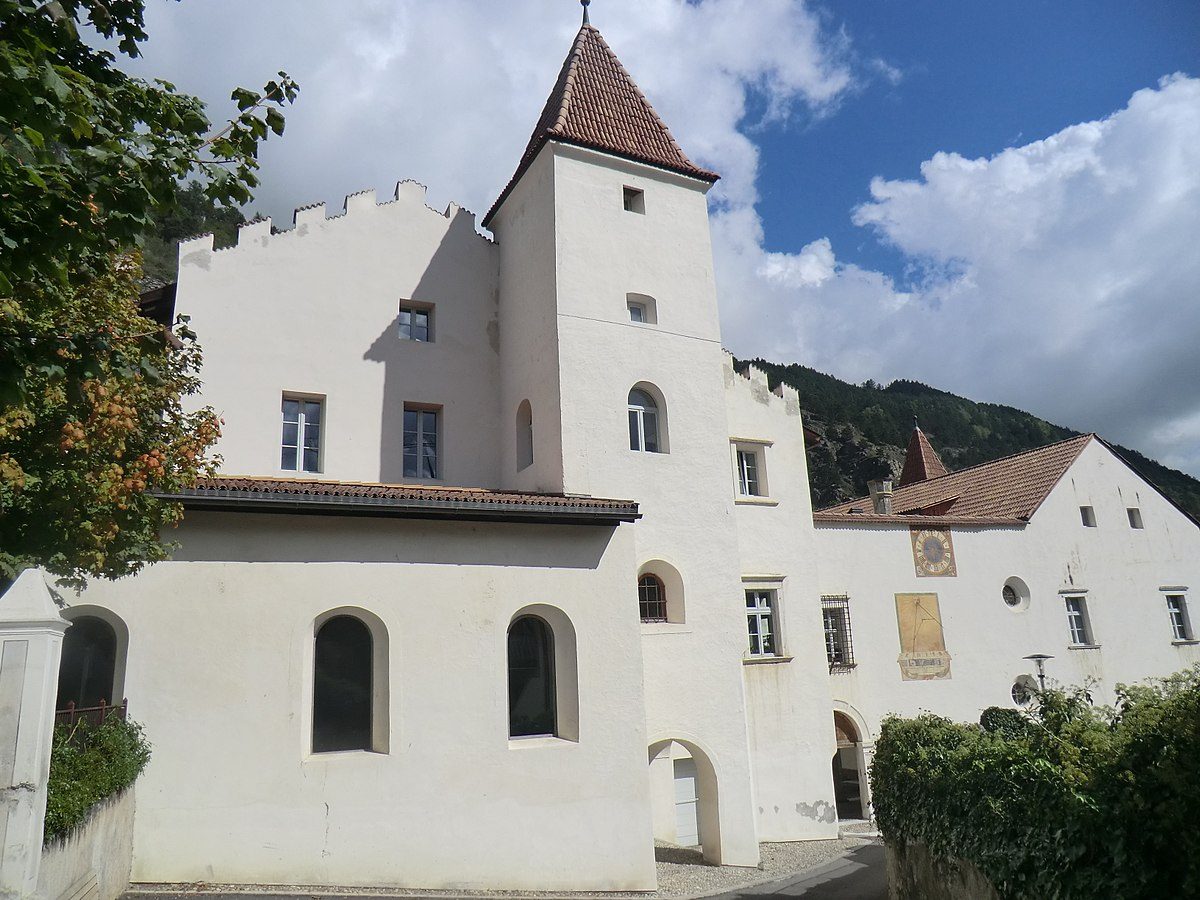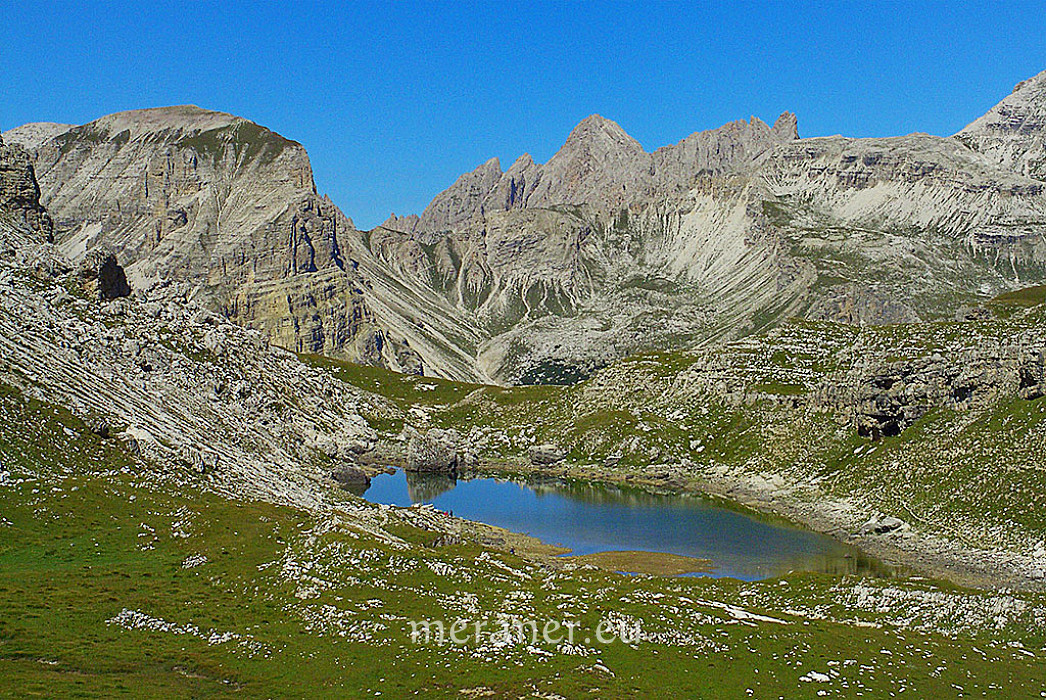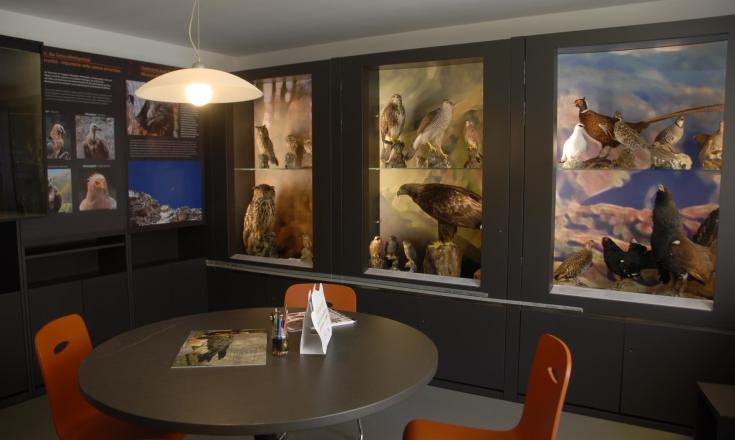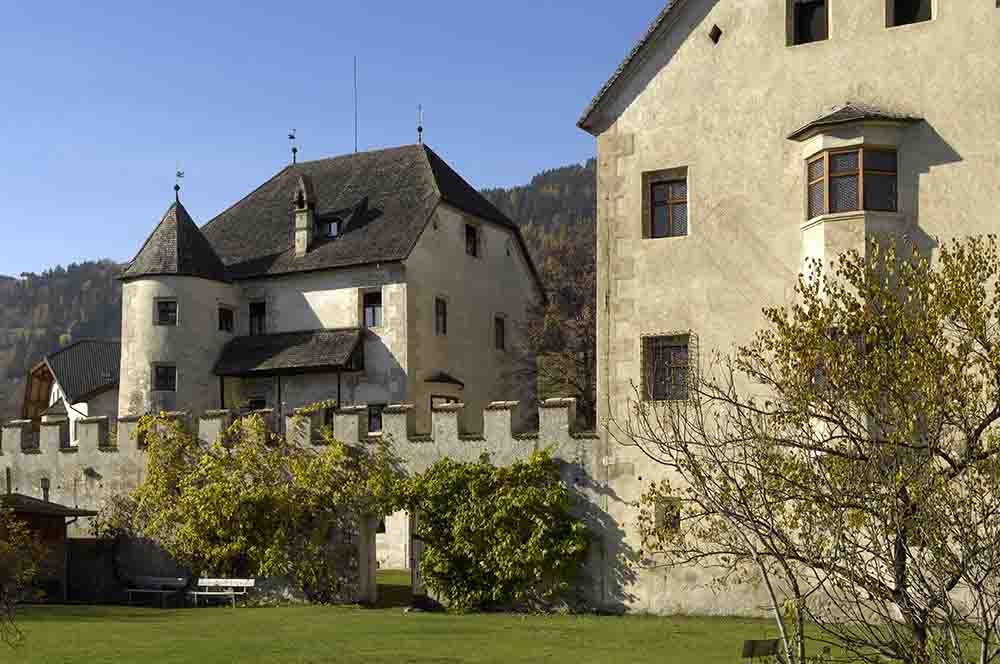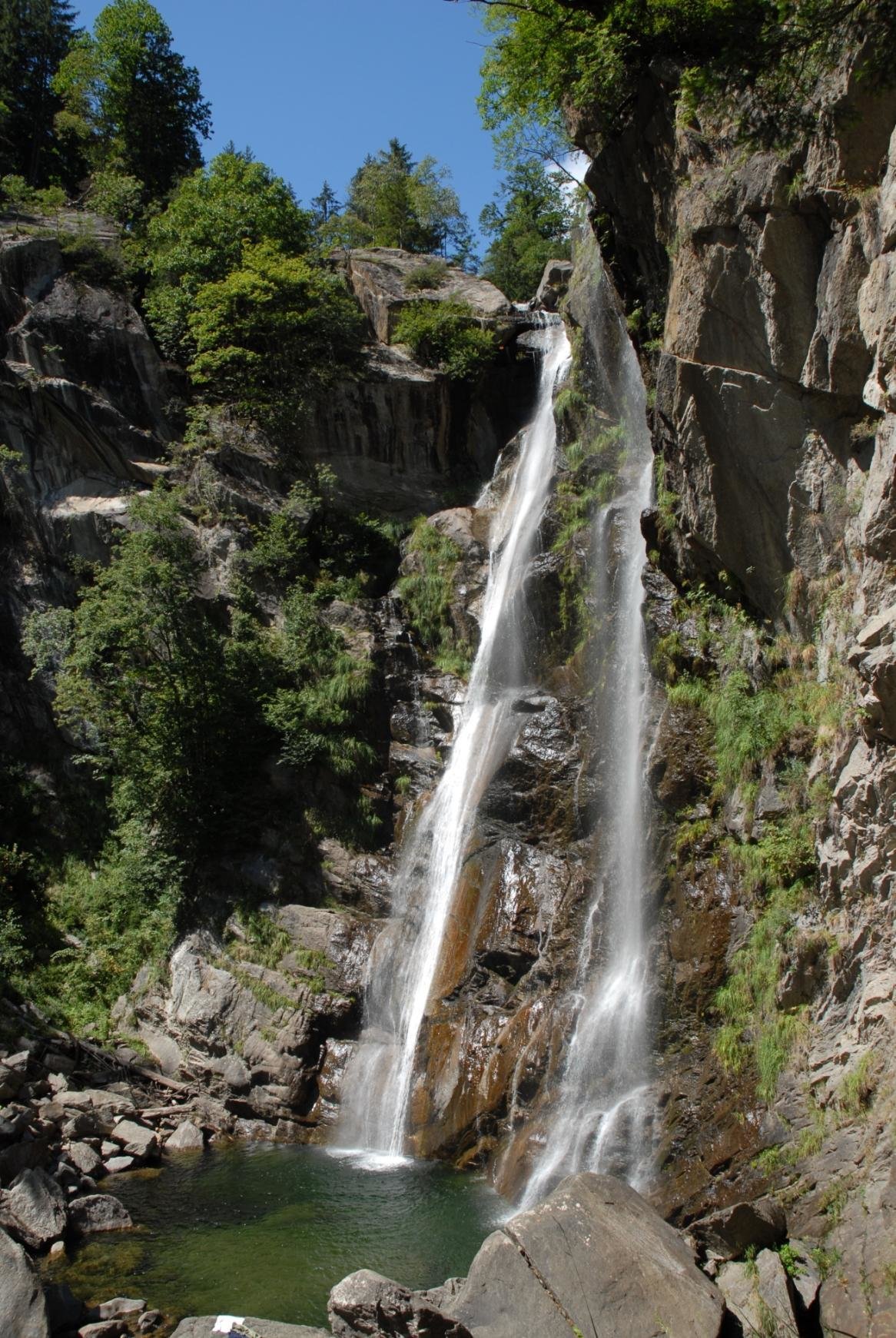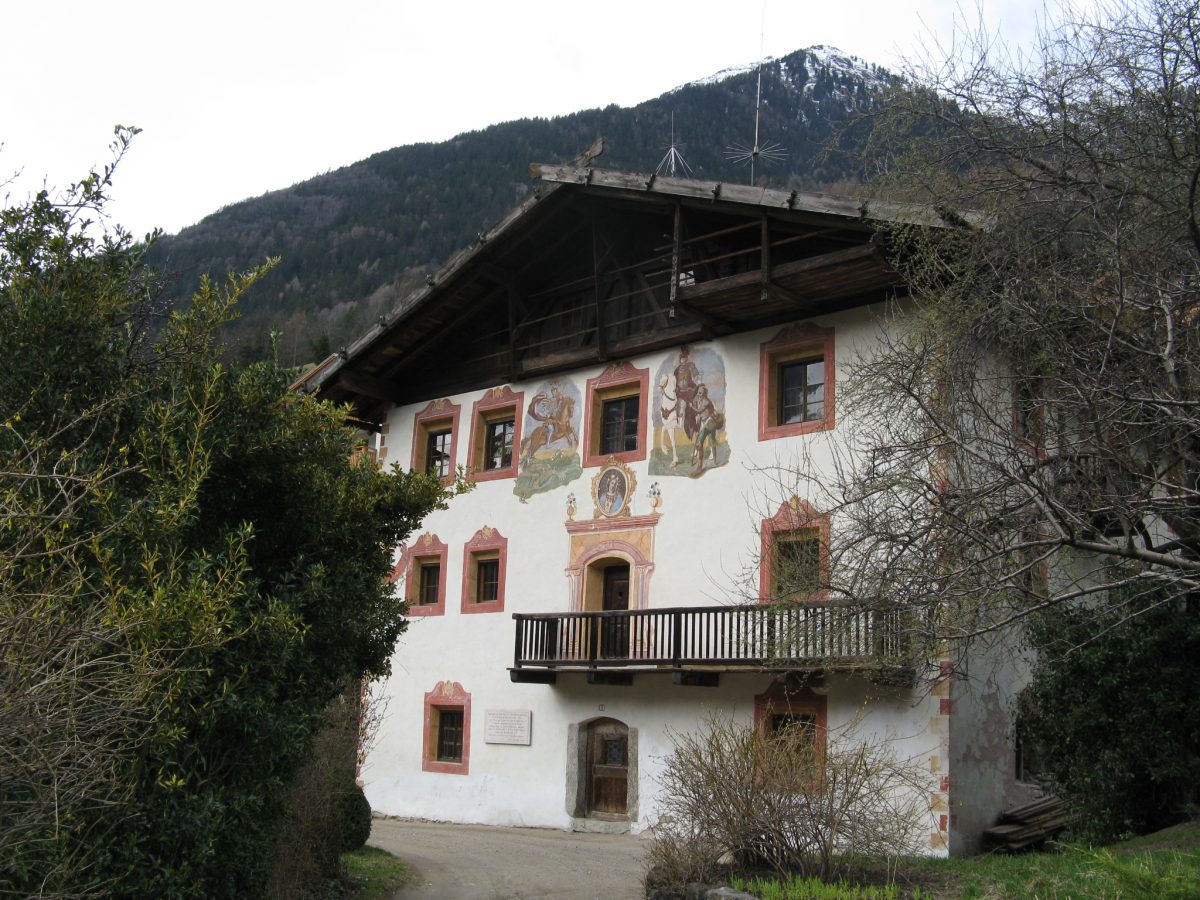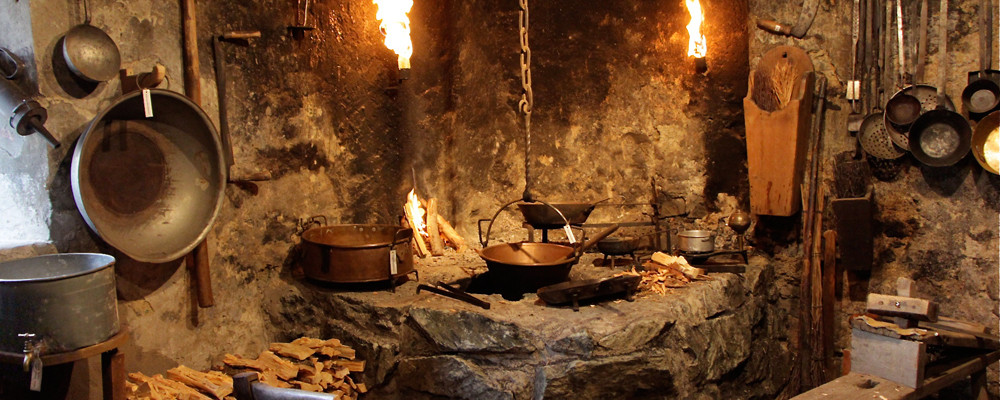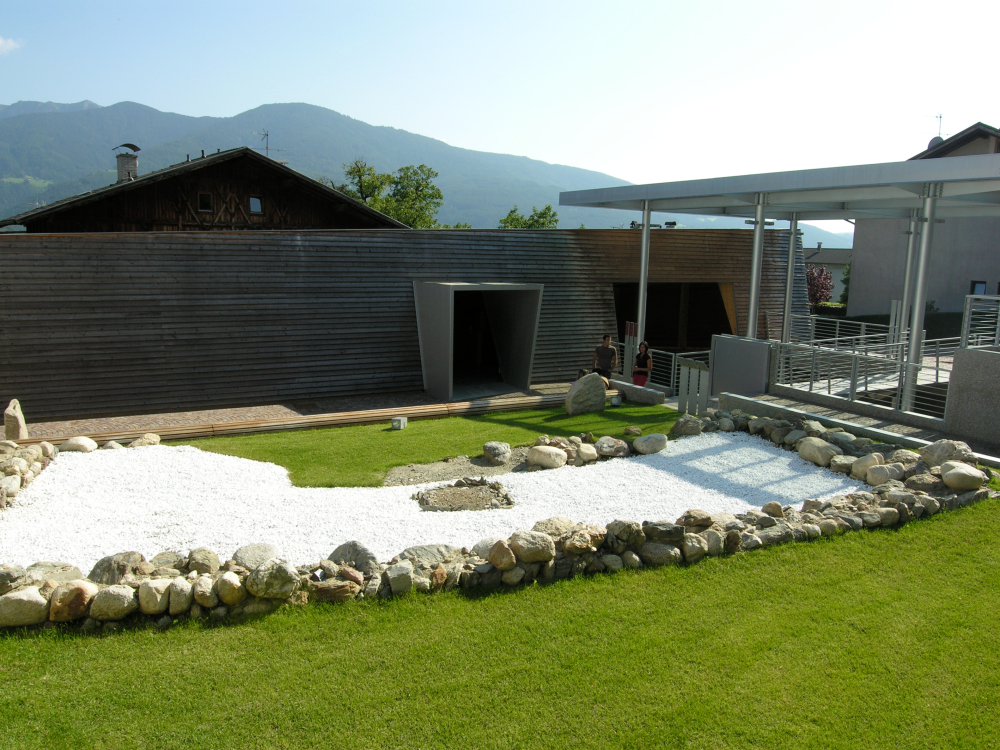How to reach the Painter’s House
The sculptors and painters of the famous “Passeirer Malerschule” (Passiria Art College, 1719 – 1845), a school of arts for baroque frescoes and façade painting, created their works all over Tyrol. Also in San Martino in Passiria some of them can be found, among them the monumental high altar of Anton Ferner in the parish church, the Renaissance altar from 1635 in the cemetery chapel, the frescoes at the façade of the “Turmhaus” in the village centre (around 1760/70), which are attributed to Joseph Haller, or the frescoes of the “Hohes Haus”, a picture of the Grim Reaper (1794).
The idea for this school of arts came from Michael Winnebacher, a patron of art. He offered his family home, the “Mairhof am Anger” in San Martino in Passiria, to the North Tyrolean sculptor Anton Ferner and to the Merano painter Nikolaus Auer d.Ä. From then on an educational institution for future artists was established there. Famous artists like Joseph Haller, one of the most recognised rococo painters of Tyrol, or the sculptor Anton Ferner came from this school. A student of Anton Ferner was Johann Perger (1729 – 1774), he is regarded as the most important sculptor of South Tyrol between late baroque and classicism.
The building in which the famous Passiria Art College was accommodated from 1719 to 1845 is located above the village of San Martino in Passiria and is known as “Painters’ House” (”Malerhaus” in German). Except of the decorated façade with paintings illustrating Saint Martin, Saint George and Mother of God, there are no other indications reminding on the original purpose. After the death of Benedikt Auer, one of the most well known fresco painters of the valley, in 1845, the school has definitely been closed. Today the “Painter’s House” is a listed building, the frescos can be admired on the exterior walls of the building. A walk leads along the village road in San Martino in Passiria via the Malerweg road to the “Malerhaus”. The mentioned “Turmhaus” and “Hohe Haus” can be admired in the village centre.


